
The Karen youth presenting their data.
Living in and with the Forest in Northern Thailand
In February 2018, 17 members of the youth group of Huay Hin Lad Nai, aged between 14 and 27, started to conduct in-depth interviews with community elders on different topics in, such asthe historical background of the community, family and kinship structures, the villagers’ local knowledge on forest classification and natural resource use as well as their traditional agricultural practices, particularly shifting cultivation.
First data analyses centered around the village history, community transformations and mobility patterns over the last hundred years, as well as on community ancestors and their descendants. In line with this, the young researchers produced a preliminary timeline of the community history and a detailed kinship map. The CESD’s activity plan for the second phase of the HaB project outlines an increasing involvement of community outsiders as one of the key objectives for the next project phase. In this context, it was planned to organize knowledge sharing and exchanges between the community youth and local and international academics.
From 25 June to 18 July 2018, a summer school titled “Borderland: Critical Approaches to Field Research in the Global South” was organized in a collaborative effort between Chiang Mai University, University of Copenhagen and University of California, Berkeley, under the overall umbrella of the Global Transformative Initiative by the International Alliance of Research Universities (IARU). Aiming at equipping students with critical thinking skills about research methods and epistemologies as well as with tools to address crucial questions in their research field, the course integrated lectures with fieldwork and engagement in local environments. In line with the CESD’s objective to foster exchanges between villagers and community outsiders, a group of international students from Denmark, China and Thailand (the University of Copenhagen and Chiang Mai University) visited Huay Hin Lad Nai from 3–13 July in order to develop a common project of benefit to the community.
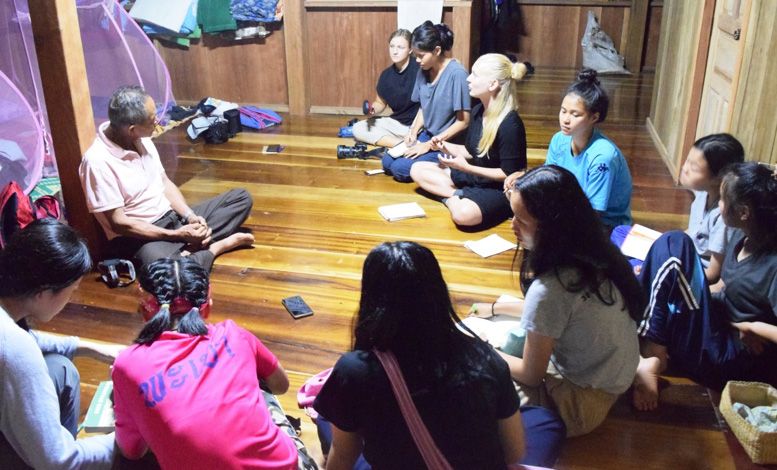
Preliminary discussions among the Summer School attendants.
At the beginning of their visit, the Karen youth group presented their data on the community’s historical context and family relations, including preliminary kinship charts, to the visiting students. The four international students initially focused on approaches to further complement, process and display the data collected so far. Following intense discussions and exchanges with the youth group and other community members over the first few days in the community, the students developed three different group projects, based on to their particular knowlegde and skills.
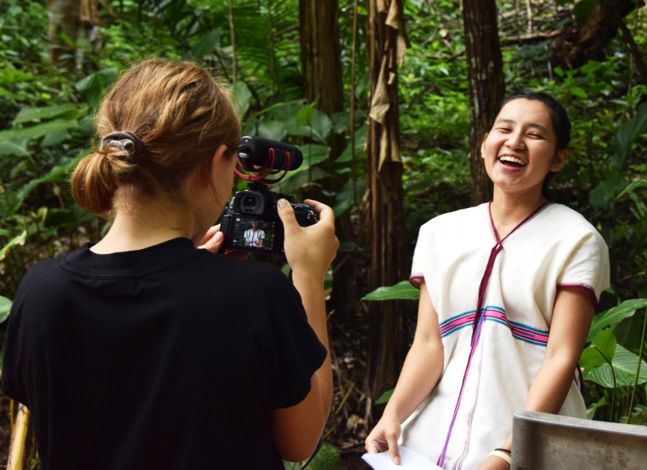
Documenting everyday life of the Karen
The first project focused on the production of a short documentary on the Karen youth group. The 5-minute film the students directed, shot and cut in collaboration with the community youth shows in impressive pictures the everyday life of young Karen in the cross-generational context of their community. Essentially, the video depicts the harmonious way in which the villagers live in and with the forest and highlights their close relationship to traditional shifting cultivation practices.
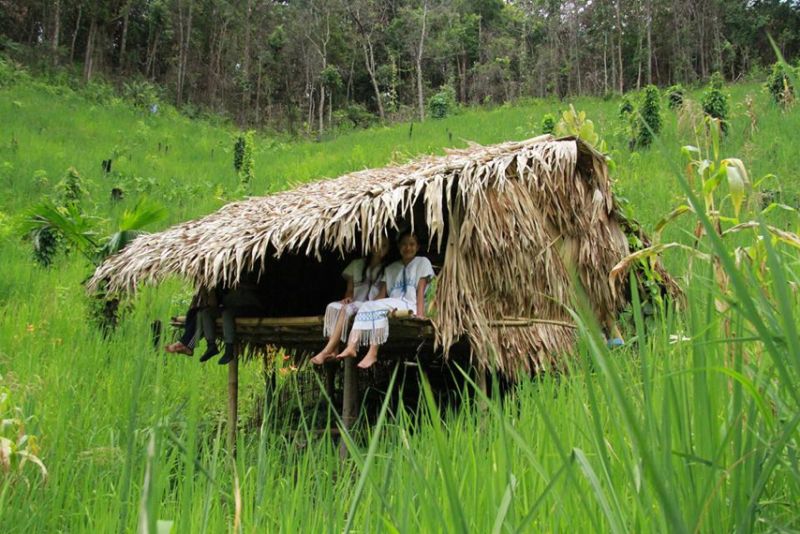
Living in and with the forest
The second project centered on the documentation of biographies of selected community members. In preparatory discussions, community elders suggested that the youth group collect biographies of villagers in order to gain a deeper understanding of the community’s cultural traditions and the history of the Karen’s intimate relationship to nature. Accordingly, in-depth interviews were conducted with a number of villagers. The biographies, collected in a booklet with photographs, vividly describe individual life stories and relationships between the villagers, and record and save them for future generations.
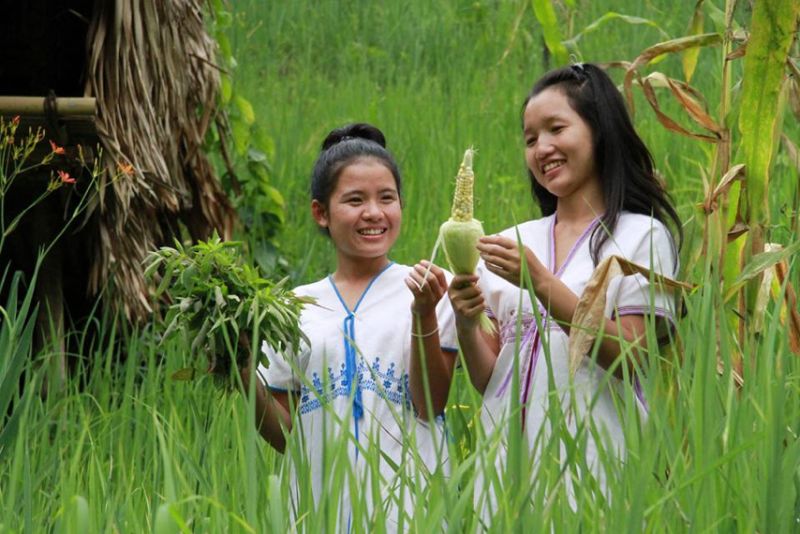
Living in and with the forest
Finally, a comprehensive community timeline was produced in the third project, based on the information collected by the youth groups over the last months. Generated with the help of publishing software, this timeline displays community-internal key events (what exactly happened in which period?) as well as external developments with implications for the community (e.g.state-level regulations, policies and programmes, and political events). The visualization of the chronology clearly demonstrates the inseparable relationship between community-internal events and the broader socio-political context. During their 10-day stay in the field, the international students and the community youth jointly created three valuable knowledge products that further process, illustrate and explain the work and life of the community youth. Moreover, through the intense exchange and cooperation, the community youth was able to acquire additional useful skills for future data collection and preparation. Beyond that, the young people from different parts of the world developed close and friendly relationships with one another that are likey to last well beyond the field course.
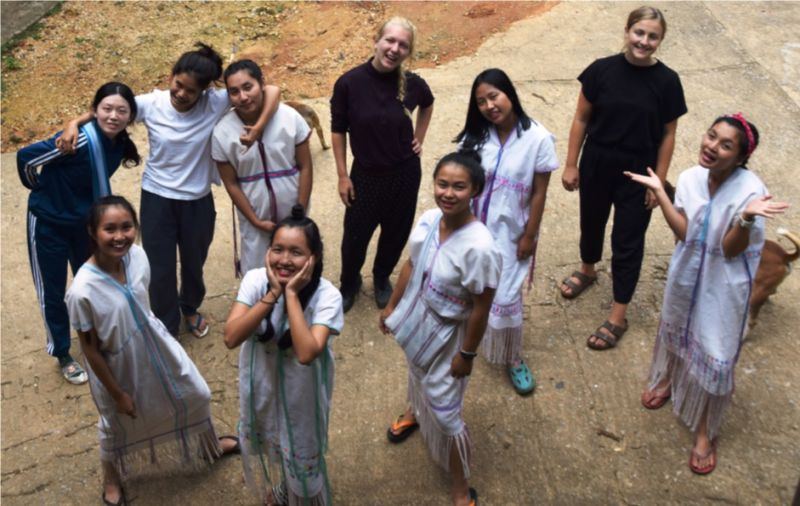
Creating knowledge and friendships across borders!